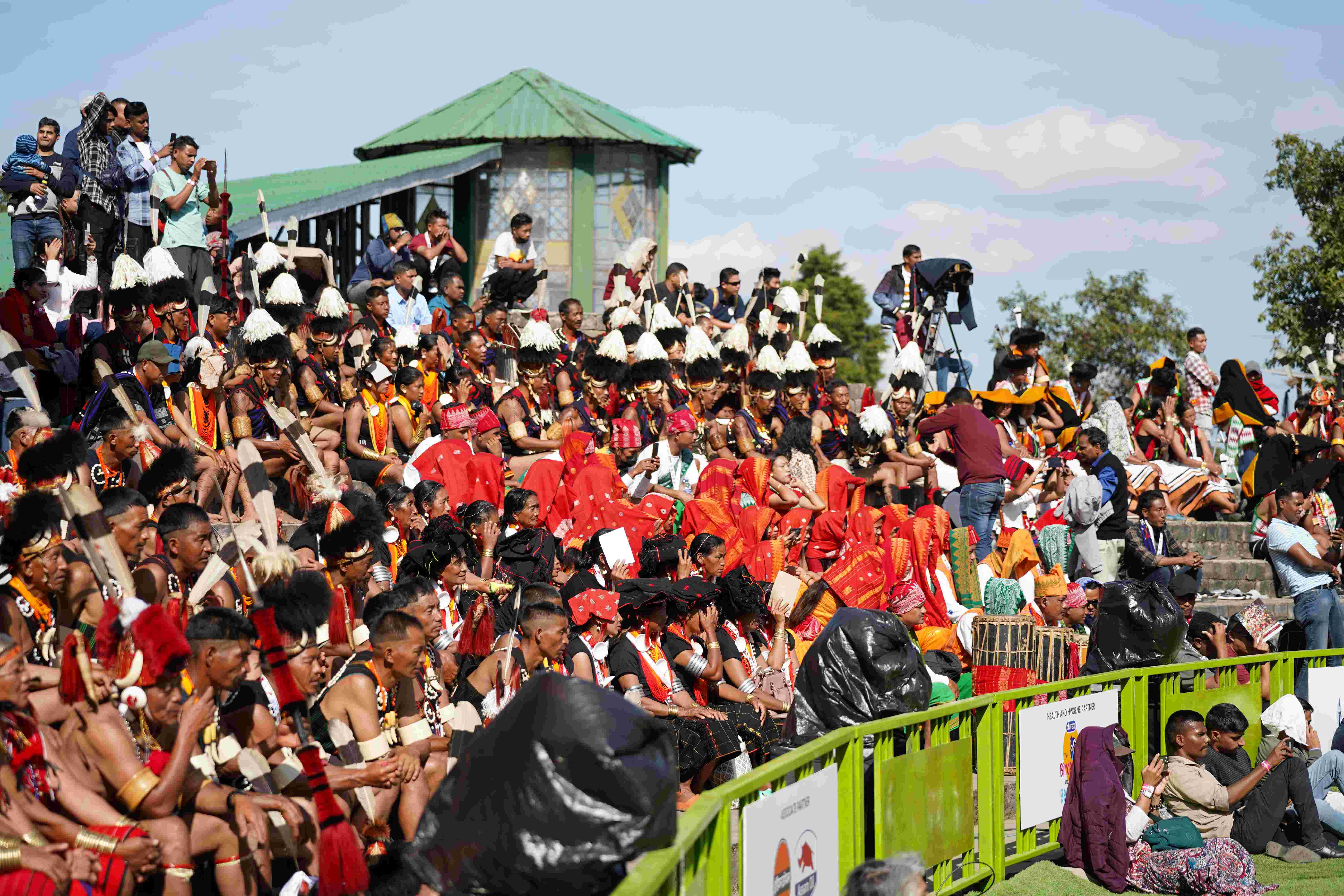Published on Aug 31, 2025
By EMN
Share
DIMAPUR — With less than two months to go before Nagaland’s famed Hornbill Festival begins, hectic preparations are underway for the 25th edition of the mega event. The Naga Heritage Village at Kisama, the main venue of the festival, is also being revamped to enhance the experience of visitors from near and far.
The government of Nagaland first organised Hornbill Festival in 2000 to showcase the rich cultural heritage and diverse traditions of the state to the global audience. Celebrated from December 1 to the 10th every year, the 10-day cultural extravaganza, which is named after the Great Indian Hornbill bird, has become a major tourist attraction (both domestic and international tourists) and one of the most popular festivals in the country over the years.
As Nagaland prepares for Hornbill Festival 2024, which marks the 25th anniversary of the fest, here are 10 things you may like to know about the ‘Festival of Festivals’.
1) Unique cultural experience: It is also known as “Festival of Festivals” as it celebrates diverse cultural heritage of the state, with as many as 17 major tribes -- Angami, Ao, Chakhesang, Chang, Kachari, Khiamniungan, Konyak, Kuki, Lotha, Phom, Pochury, Rengma, Sangtam, Sumi, Tikhir, Yimkhiung and Zeliang – and other sub-tribes showcasing their rich culture and traditions in the form of folk songs and dances, wearing their distinct attires. Visitors can experience all these and more at one venue (Kisama), during the cultural show held daily from December 1 to the 10th. That’s Hornbill Festival for you.
2) Morungs: For a closer look at Nagas’ way of life and traditional kitchens, visitors can explore more than a dozen Morungs of various indigenous communities of the state, built with a touch of culture and traditional designs in the vicinity of the main venue. These Morungs present more than most people would ask for- cultural performances to shooting of muzzle-loading guns to rice beer to traditional foods, and more.
3) Naga delicacies: If you are a foodie or want to try various Naga foods outside of the Morungs, you can do so from stalls set up in the vicinity of the main arena. Such stalls serve Naga traditional foods like smoked pork with akhuni or fermented soya beans, pork with fermented bamboo shoot, Naga dal (mung beans), exotic dishes, and more.

4) Beyond culture: The Hornbill Festival has something for everybody – young and old. If you are worried about the possibility of children missing the fun, you can take them to kids carnival. Visiting World War II Museum, photo exhibitions, and various competitions can be enriching too.

5) Made in Nagaland: It will be incomplete if revellers, especially tourists do not check out ‘Made in Nagaland’ products put up for sale at the bamboo pavilion. Various products and items from handicrafts to handloom to Nagaland coffee to souvenirs are available at the main venue of the festival.

6) Music: If cultural show dominates during the day time, it is all about music as the sun tilts towards the hills in the west. Popular singers from the state and beyond enthral music lovers at the main arena -- Naga Heritage Village at Kisama – every night.
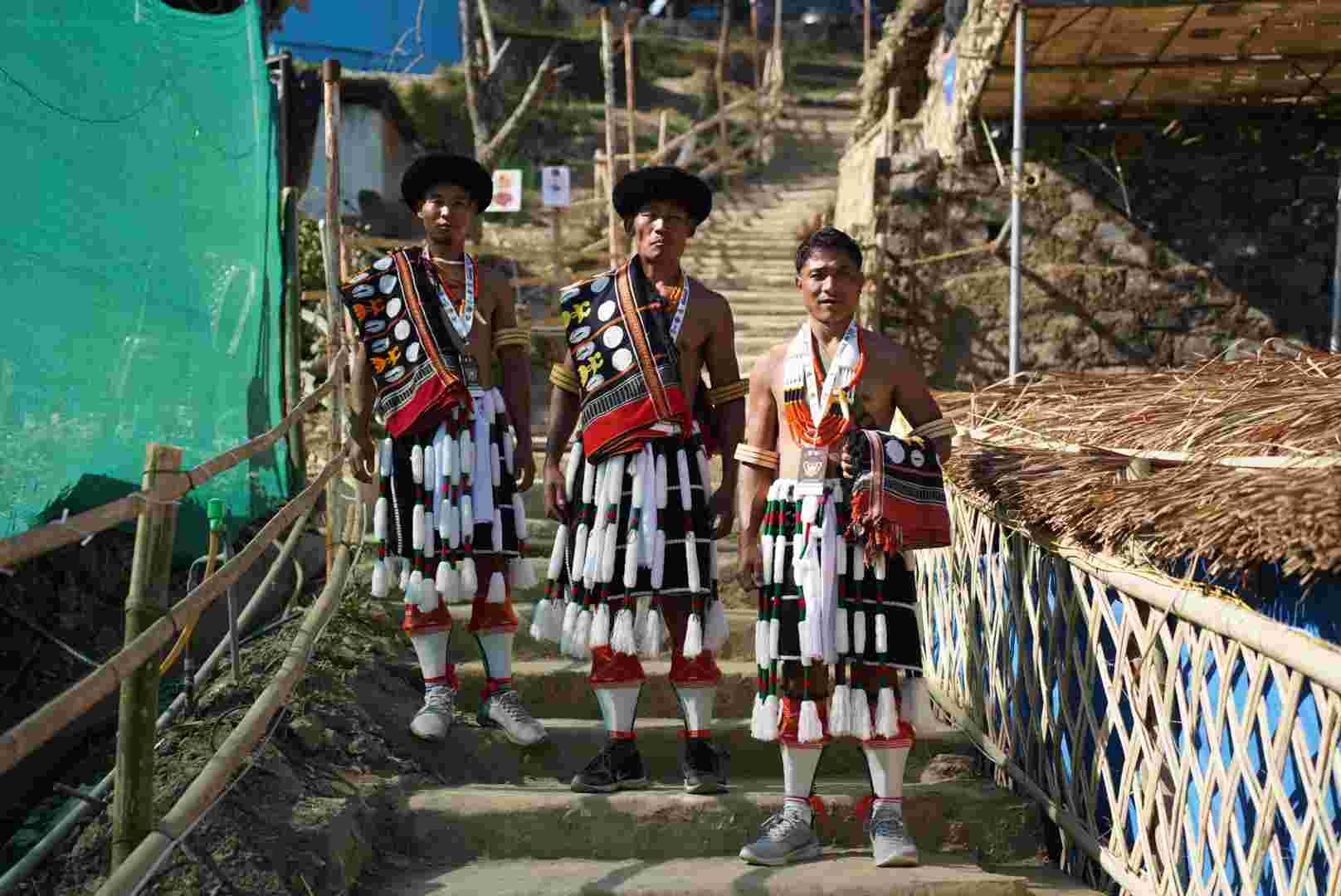
7) Naga wrestling: Perhaps the most popular indigenous contact sport in Nagaland, Naga wrestling is a major attractions at the Hornbill Festival. Spectators, both locals and tourists throng the Amphi Theatre at Kisama to witness wrestlers from across the country and foreign countries hit the arena for the championship title.
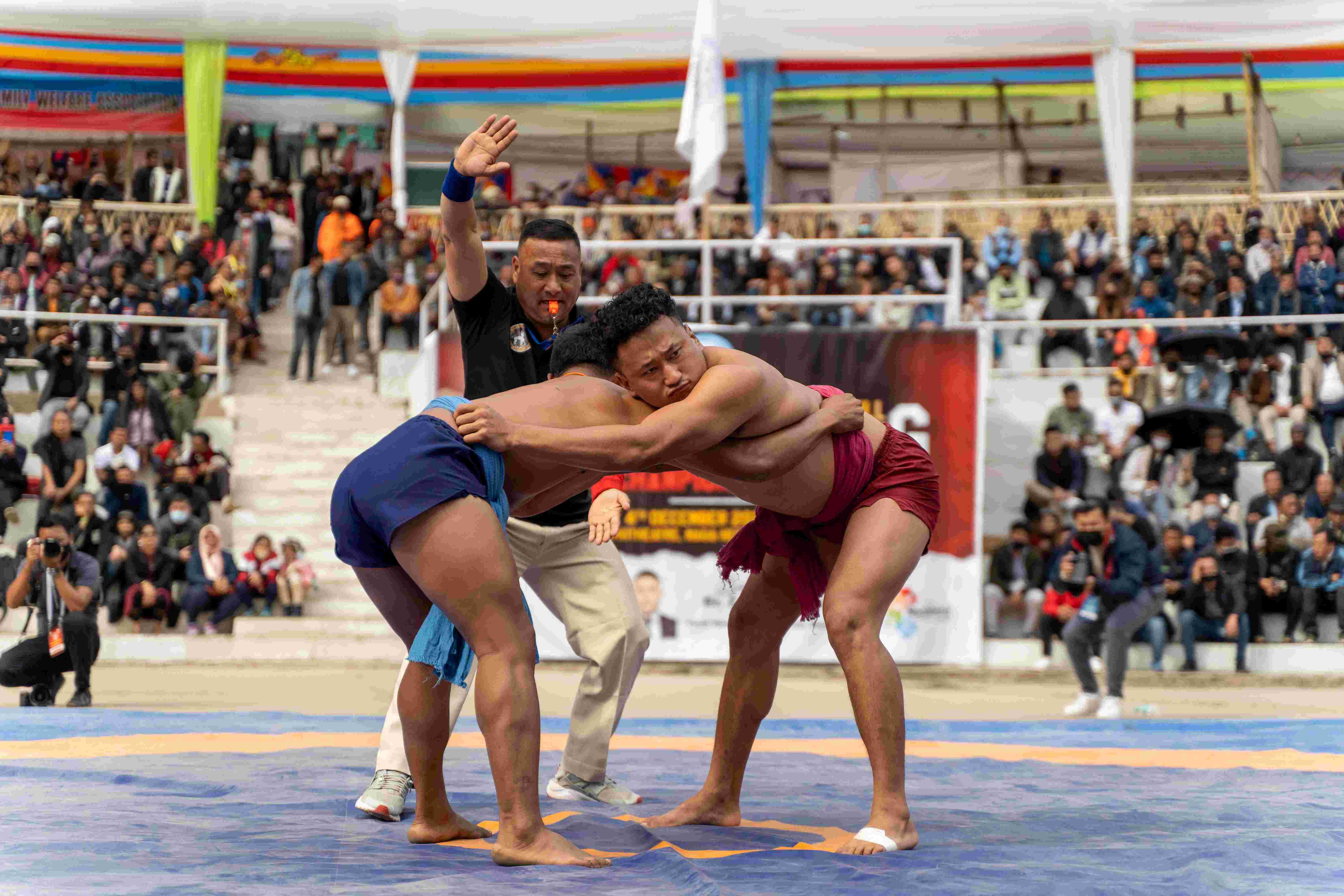
8) City tour: Most visitors could be preoccupied with cultural shows and several other activities at Kisama, the venue of the Hornbill Festival, but their visit to Nagaland will be incomplete if they don’t venture out of it. Those interested in exploring the capital city of the state, there is ‘City Tour’, wherein, they will be taken to popular sites like cathedral, war cemetery, Kohima museum, and Kohima village.
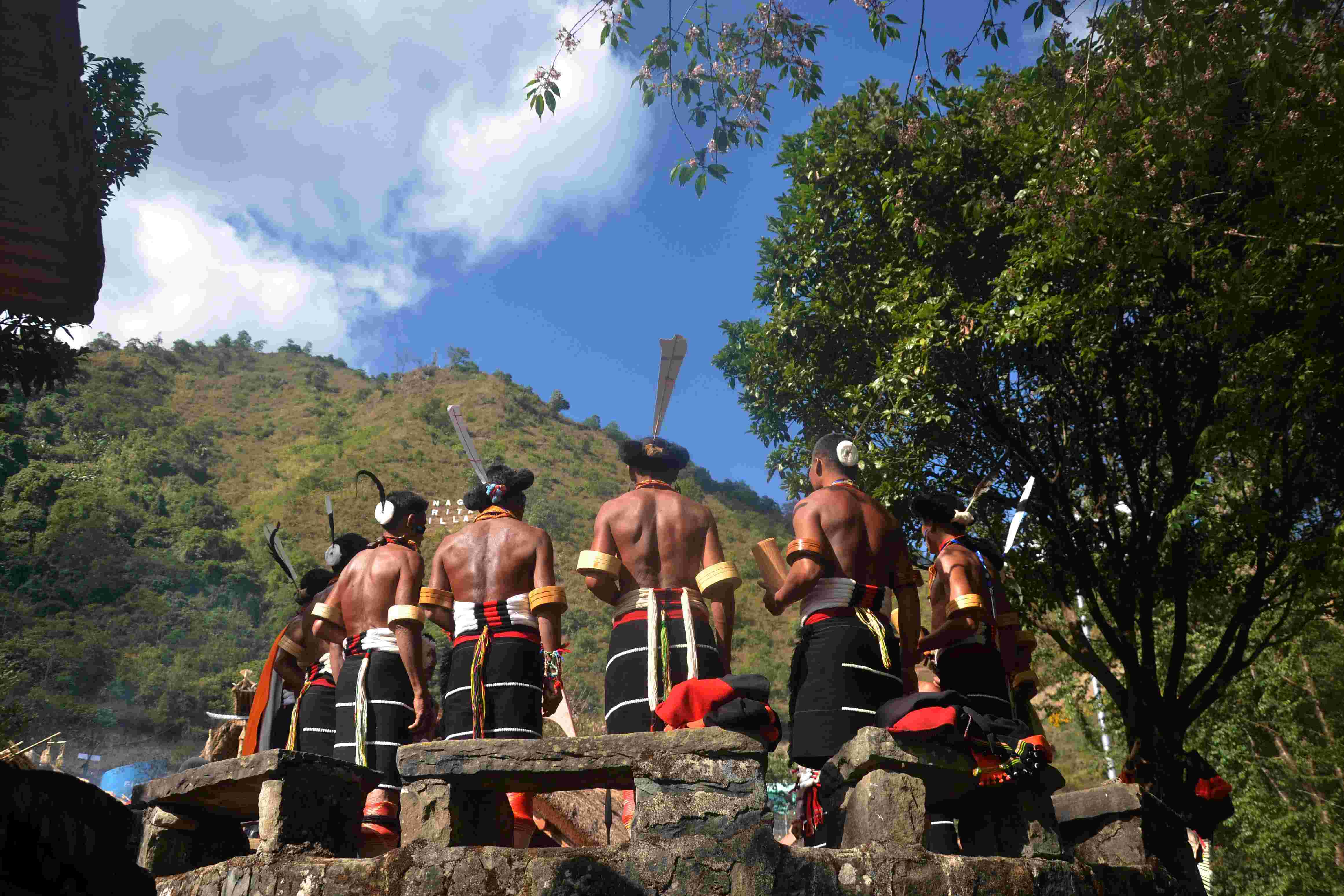
9) Night life: Unlike normal days when citizens prefer to stay indoors due to the chilly weather, Kohima streets come alive during the Hornbill Festival as revellers throng the night carnival- some to experience local food, others to purchase various products, and engage in various activities including games.
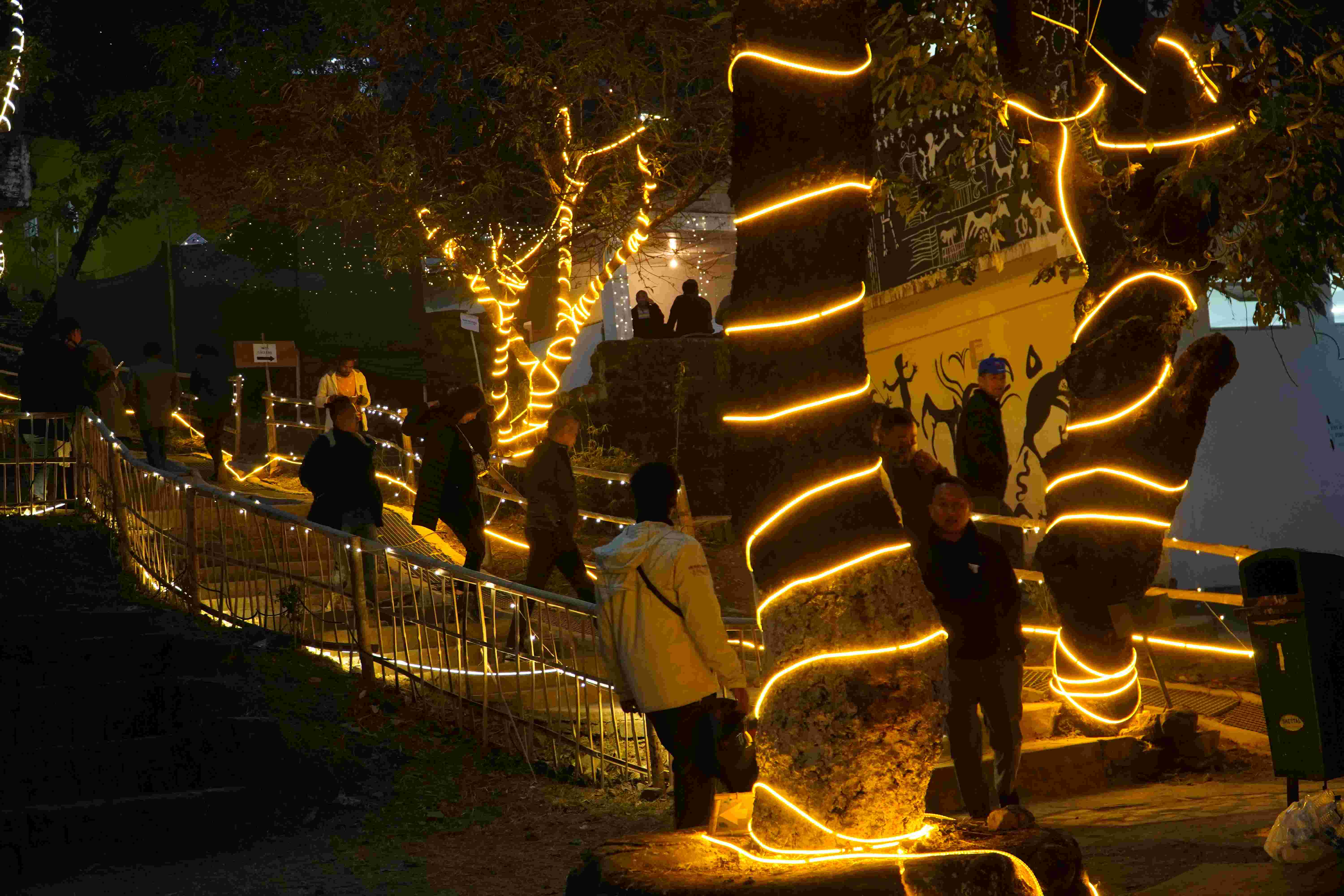
10) Adventure: Whether you are an outdoor person or not, you can’t afford to miss the opportunity to experience Nagaland’s mesmerising natural beauty if you are visiting the Hornbill Festival. Activities like trekking to the famous Dzukou Valley and Mount Teyozwu; boating, hiking, angling, go cart, pony cart ride, etc. are organised during the festival, especially for visitors.
